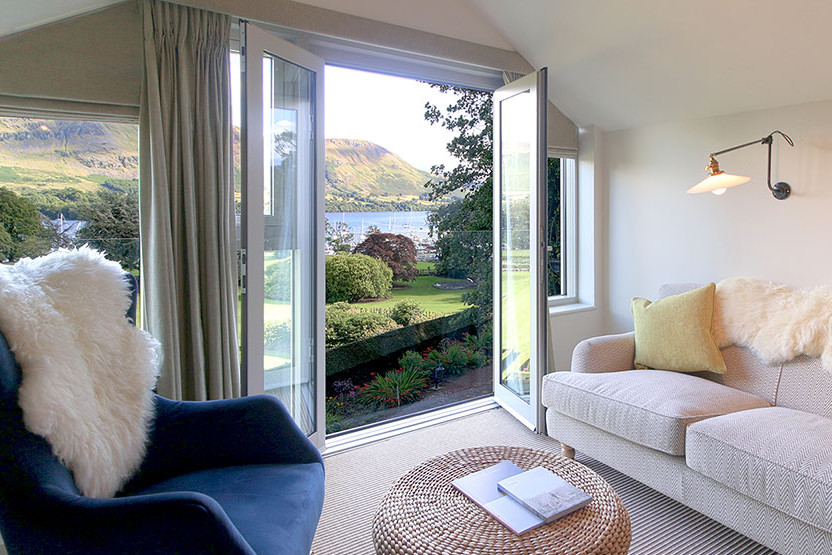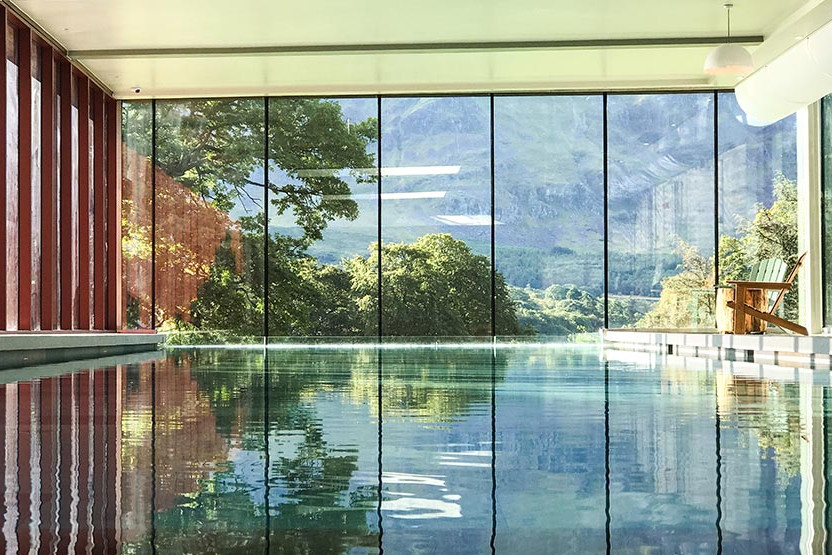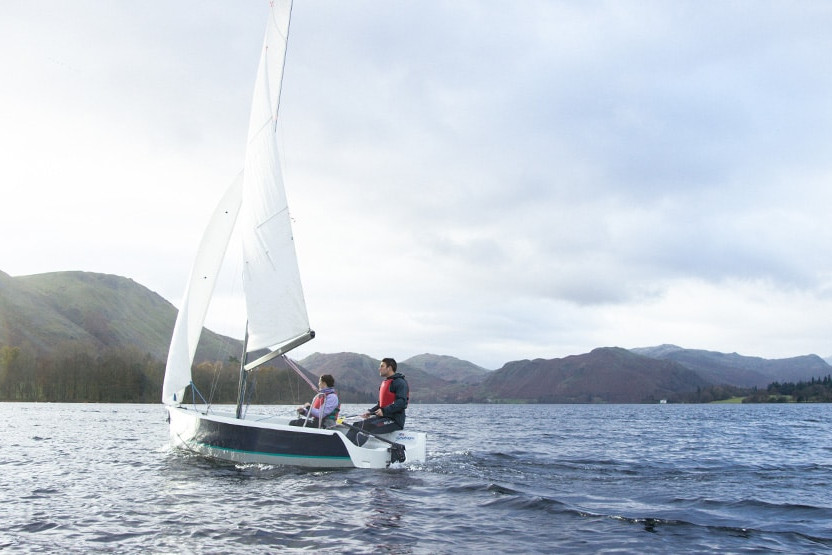Spotting Wildlife on Ullswater
Haweswater and the neighbouring Ullswater Valley are two of the best places in the Lake District National Park for wildlife. From species-rich hay meadows and mossy woodlands in the valley bottom, up to the windswept fells and crags, the area supports a huge diversity of species. Here are some of the wildlife highlights that you could spot locally.
Red Squirrels
The Lake District is one the main English strongholds for these tufty eared creatures, and they can reliably be seen around Ullswater. Under threat from non-native grey squirrels, a huge amount of voluntary conversation effort goes into helping red squirrels hang on in Cumbria. There is new hope for them in the shape of elusive pine marten; research is showing that reintroducing these woodland predators to the Lakes might help red squirrels by their preference for the bigger and more easily caught grey squirrels. You stand a good chance of spotting reds at Aira Force.
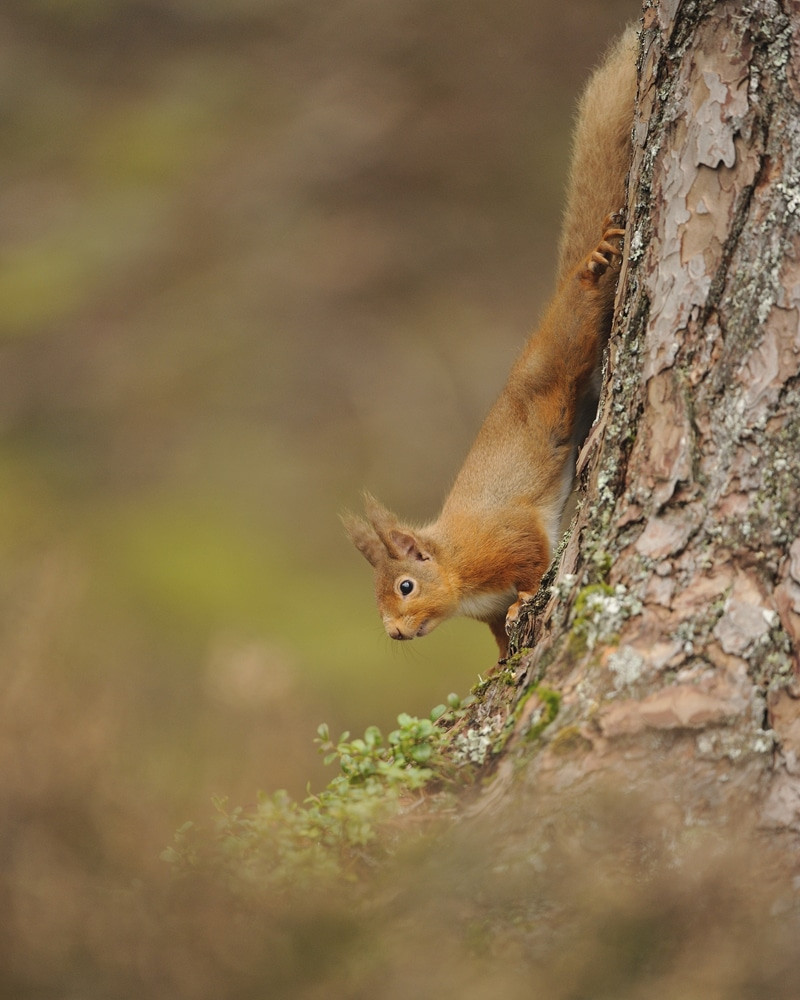
Red Deer
The herd of red deer centred on Martindale, on the south-east shore of Ullswater, is one of the oldest in England. Red deer are the UK’s largest land mammal, with stags weighing up to 190kg. They are quite easily seen, especially at dawn and dusk any time of year, but become almost unavoidable during the rut (Autumn) when stags’ bellowing calls echo over the valleys as they compete to control groups of females. Find out where you can spot red deer on our blog.
Martindale
It is important to stay a reasonable distance from the deer at all times, however if you drive from the hotel to Hallin Fell, you can approach by foot. Parking at Martindale church, you can head to the ridge on the left of the valley. Climbing up the east side, above Gowk Hill, you may find a good spot there to watch a listen.
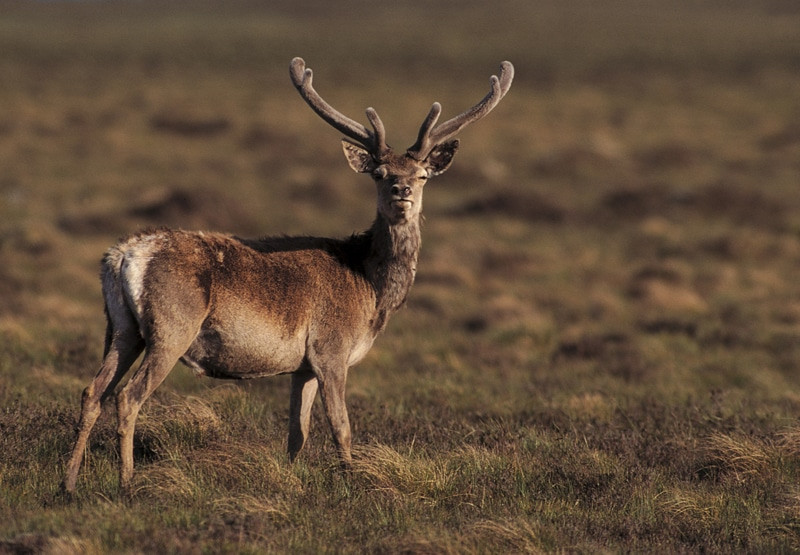
Peregrine falcon
Peregrine falcons are the fastest creature on the planet. Although never numerous, they can be seen almost anywhere where there are suitable cliffs and crags for nesting. The females are 20% larger than the males, with a wingspan of up to 120cm. They famously dive (or stoop) at their prey, mainly pigeons and other birds, from a great height, attaining speeds of up to 300kmh.
Having recovered from virtual extinction thanks to poisoning in the early part of the 20th century, numbers have increased in recent years, though sadly they are still persecuted in some places. They are doing particularly well in cities now, finding the edges of cathedrals, art galleys and tower blocks to be good alternatives to cliffs and crags. In the Lakes, rock climbing routes are sometimes temporarily closed to ensure peregrines can successfully rear their young.
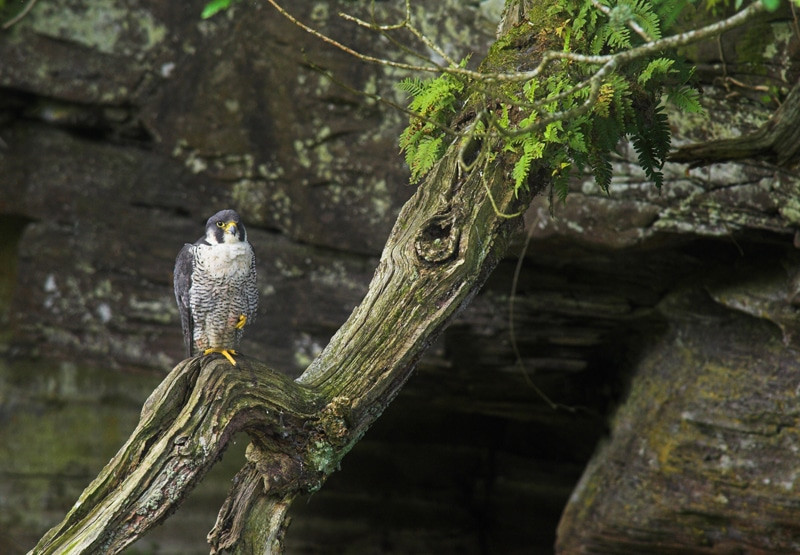
Pied flycatchers & redstarts
In the mossy, fern filled, oak woodlands around the edge of Ullswater, pied flycatchers and redstarts appear in spring, having made the epic journey from West Africa. These beautiful birds seek out holes in trees to rear their young and they seem to have a particular fondness for the damp conditions found in the ancient woodlands of Cumbria. The pied flycatcher is on the red list of conservation concern, having suffered from a steady reduction in the type of mature woodland that they need over the last few centuries. They are still reasonably easy to see in the right places though. Try Hallinhag wood on the South-East shore of Ullswater, or Naddle Forest near Haweswater between May and July.

Skylark
Up on the fells, the most conspicuous species of wildlife is the skylark. From late April, their liquid song, which has inspired poetry and music, is a constant backdrop as you walk through the hills. They share this habitat with the similar looking, but slightly smaller and considerably less tuneful meadow pipit. Occasionally you might come across a nest of either of these species, well hidden in a grass tussock. Try listening for skylarks on Askham Fell.

Grass of Parnassus
This exotic sounding species has nothing to do with grass. The county flower of Cumbria, grass of parnassus is a beautiful white flower with delicately patterned petals, appearing in late summer in wet places. It is one of a huge number of beautiful wildflowers that brighten up the Lake District during summer months.
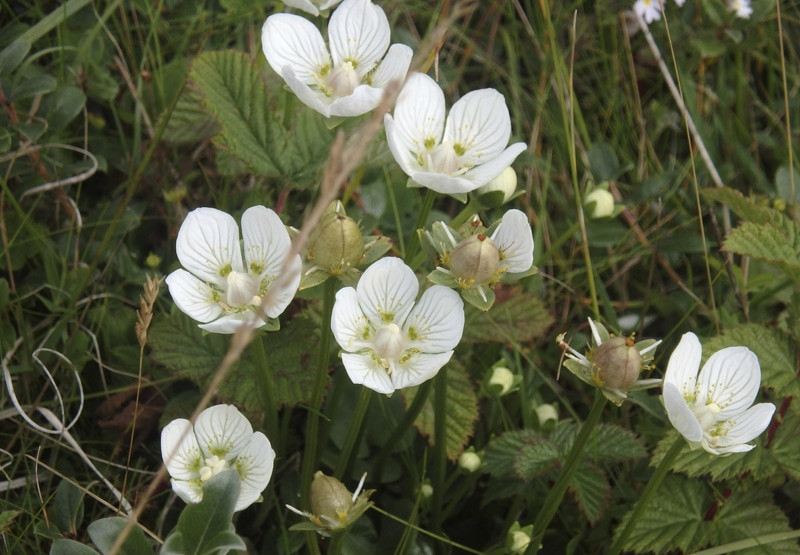
Osprey
Another bird of prey that recovered from virtual extinction thanks to serious conservation effort is the osprey. The most well-known pair in the Lake District return to Bassenthwaite every spring from their wintering grounds in Africa. The RSPB run a viewpoint there to help visitors to see these wonderful fish eating raptors. Thankfully, the population is growing and there are now several pairs breeding across Cumbria each year. Although they don’t breed near Ullswater or Haweswater (yet), they can be seen from time to time passing through.
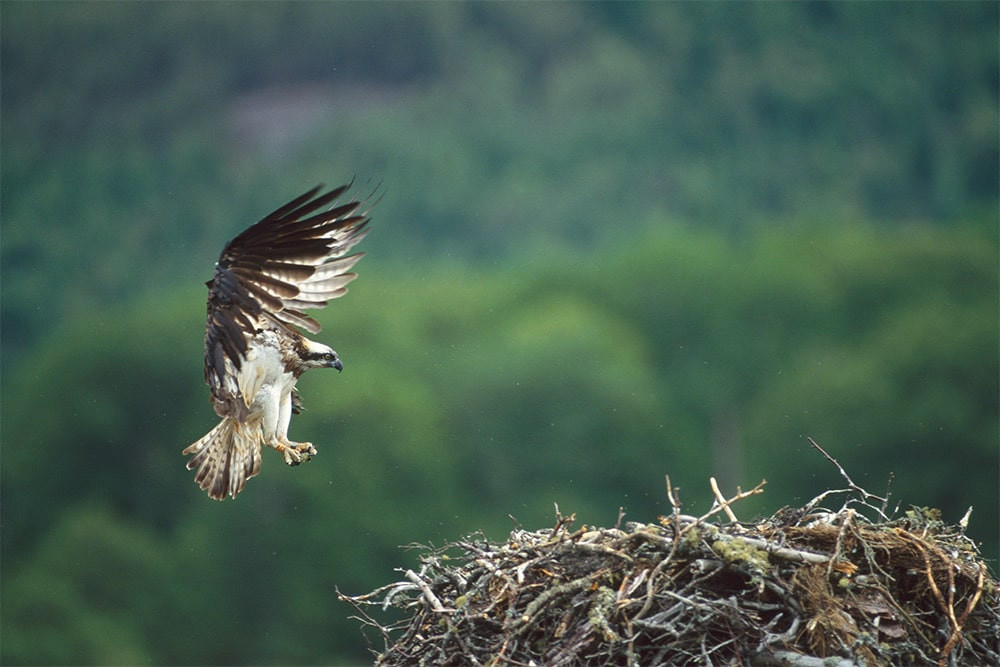
Golden Eagle
For several decades, the Lake District was the only place in England where golden eagles could reliably be seen, with a pair breeding in a valley near Haweswater. Sadly, the last male died in 2015, having been on his own for over ten years, unable to attract a female into his territory. A project starting in 2018 is hoping to the boost the numbers of golden eagles in Southern Scotland, which raises the possibility of the Lakes being colonised by these majestic birds again one day in the future.
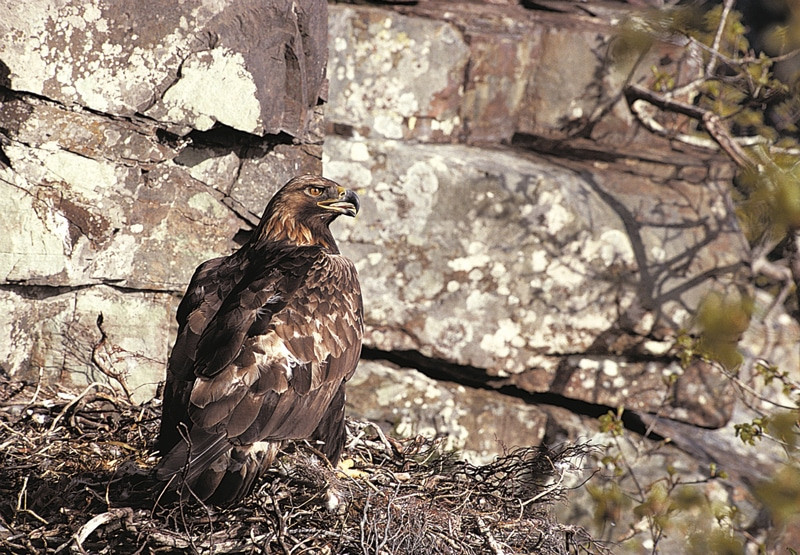
Find out more
There are many places to see wildlife in and around Ullswater.
The RSPB look after a large part of the valley surrounding Haweswater Reservoir, just south of Ullswater.
Cumbria Wildlife Trust nature reserves run events and activities throughout the year.
The National Trust also look after wildlife. Try Great Mell Fell, Glencoyne Park, Aira Force or Gowbarrow, all close to Ullswater.
Author: Lee Schofield
Lee Schofield is the Site Manager at RSPB Haweswater. Lee and his team work in partnership with landowner United Utilities, trialing ways to ways of enhancing the natural environment to benefit wildlife, water quality and farming.
Image credit; RSPB Images
